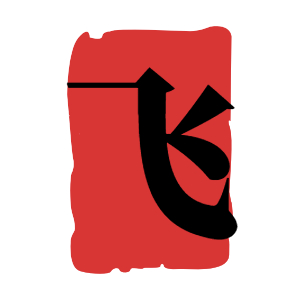春节年俗活动英文说法大揭秘!
Sure, let's delve into the English expressions for various Spring Festival customs and activities!
The Spring Festival, also known as Chinese New Year, is a time filled with rich traditions and vibrant activities. One of the most iconic customs is the sending of red envelopes, which are called "hongbao" in English. These envelopes contain money and are given to children and unmarried adults as a symbol of good luck and prosperity.
Another significant tradition is the reunion dinner, known as "chongyang fan" in English. This is a large family meal held on New Year's Eve, where family members gather to enjoy a variety of traditional dishes. The most important dish is usually dumplings, which symbolize wealth and prosperity due to their shape resembling ancient Chinese gold ingots.
The Chinese New Year tree, often called the "kaiyun" tree, is also a prominent feature. This tree, usually made of bamboo or plastic, is decorated with lanterns, red paper cuttings, and couplets. The couplets, known as "chuangzu," are written on red paper and are meant to bring good fortune and blessings to the household.
Fireworks and firecrackers are another integral part of the celebration. These are set off to scare away evil spirits and to welcome the new year. In English, they are often referred to as "yunhuo" or "huojiao."
Lastly, the dragon and lion dances are performed in many communities to bring good luck and drive away bad luck. These dances are accompanied by the beat of drums and cymbals, creating a lively and festive atmosphere.
In summary, the Spring Festival is a time of joy and celebration, filled with customs and activities that have been passed down through generations. Each tradition has its own unique meaning and significance, contributing to the rich cultural tapestry of Chinese New Year.

